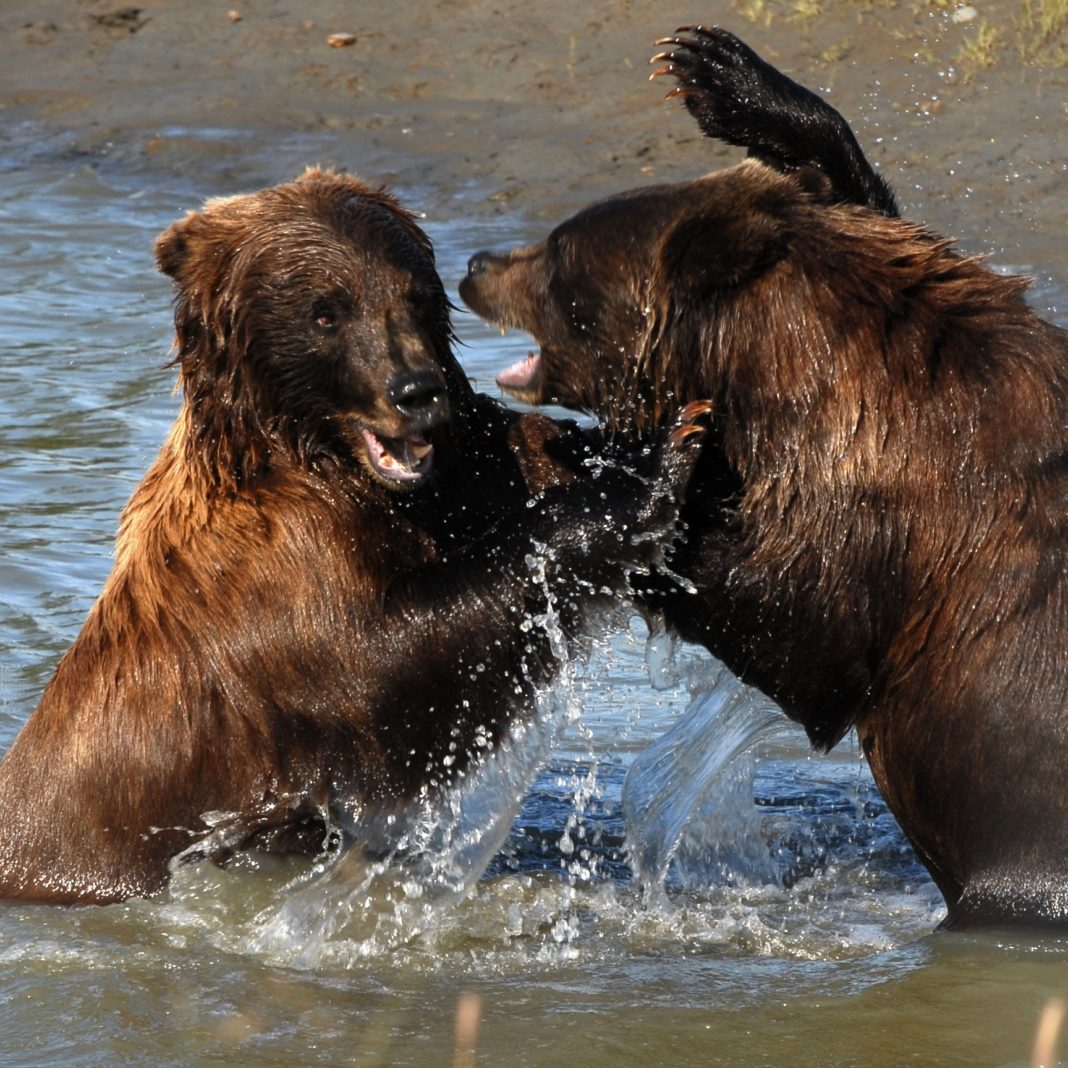Both the American black bear and grizzly bear are expanding their ranges across the United States. Seeing black bears in suburban neighbors, once unprecedented, is now fairly common. Your chances of seeing a bruin in a National Park or Forest are fairly high, depending on location. Bear spray is a common precaution for bear country travelers, yet how does it really work? Should you spray at the first sight of a bear? If it charges, is it too late to spray? The Center for Wildlife Information has the answers, including a video showing how to use bear spray effectively. Here’s what you need to know to be safe this summer:
Bear Spray plays an important part in reducing attacks during human encounters with bears. It is an effective deterrent of North American bears, but it can be adversely affected by wind, rain, temperature, and even how close the bear is when it charges.
When purchasing bear spray it is important to remember that pepper sprays (personal defense sprays) are not the same as bear spray. Although both types of sprays are made from oleoresin capsicum, it is the capsaicin and related capsaicinoids that are the active ingredients in bear spray. Therefore, if you see claims on a large can that state 10%, 20%, or 30% oleoresin capsicum, it is pepper spray (personal defense spray), not bear spray.
The Environmental Protection Agency (EPA) regulates bear sprays pursuant to an Act of Congress. Look for the EPA registration and establishment numbers, usually found at the bottom of the front label; only bear sprays will have this information. Also, bear spray labels will clearly refer to bears, and state it is a bear deterrent, bear repellent, or for stopping charging or attacking bears.



















![The Best Deer Camp Chili [VIDEO] Deer Chili Ingredients, Tomatoes, Chili Spices](/wp-content/uploads/2015/10/Deer-Chili-Deer-Camp-Recipe-218x150.jpg)
![How to Call Elk Early in the Season [VIDEO]](/wp-content/uploads/2016/08/byers003-218x150.jpg)




![Idiots Disturb Hunter: How Would You Have Handled It? [VIDEO]](/wp-content/uploads/2015/10/DSC00110-e1474487693878-100x70.jpg)
![Albino Buck Shocked to Shed His Antlers [VIDEO]](/wp-content/uploads/2015/10/AlbinoDeer-100x70.jpg)